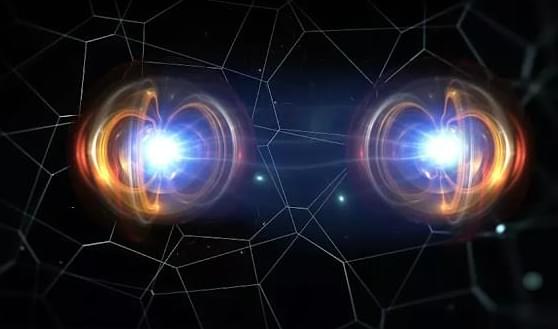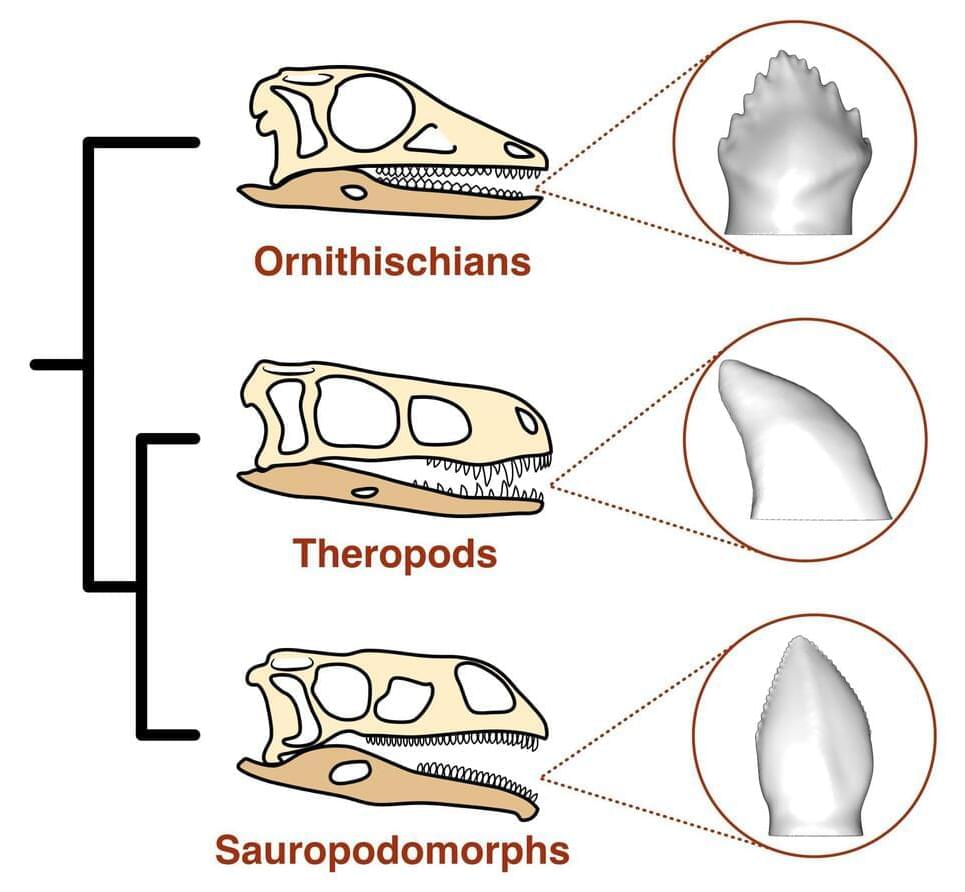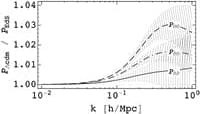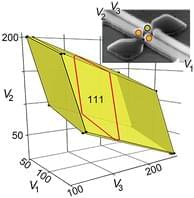We are aware of how skewed our perception of reality is. How we see the world is shaped by our senses, our societies, and our knowledge.
And you may want to rethink your belief that science will always provide you with an objective reality.



Death is perhaps one of the most universally discussed topics across the board, and at least once in our lives, the vast majority of us wonder what happens during our final moments. For a long time, we haven’t had many answers, well, that is until now.
One of the most common ‘rumors’ about death is that right before our final moment, our life flashes before our eyes. And recent research may offer some interesting answers that indicate this theory isn’t far from the truth.
The research was carried out by accident, as they had intended to study the brainwaves of an 87-year-old patient with epilepsy. However, during their research, the patient ended up suffering from a fatal heart attack. During the death of the patient, their brainwaves were recorded up until the moment of death.
Read more about A 107-year-old Einstein theory about how the universe began, Which is 100% correct.

The earliest dinosaurs included carnivorous, omnivorous and herbivorous species, according to a team of University of Bristol paleobiologists.
By looking at the tooth shapes of the earliest dinosaurs and simulating their tooth function with computational modeling, experts were able to compare them to living reptiles and their diets. Their findings, published December 16 in Science Advances, show that many groups of plant-eating dinosaurs were ancestrally omnivorous and that the ancestors of our famous long-necked herbivores, such as Diplodocus, ate meat. This ability to diversify their diets early in their evolution likely explains their evolutionary and ecological success.
The earliest dinosaurs are enigmatic: they were much smaller than their later relatives and for most of the Triassic they were in the shadow of the crocodile-like reptiles. It is unknown how diverse they were in terms of diets and ecology, but scientists know something must have happened in the Triassic that allowed dinosaurs to endure the Triassic–Jurassic mass extinction and adapt in its aftermath, becoming the dominant group for the rest of the Mesozoic.


The large-scale structure (LSS) of the Universe is obviously nonlinear and very complicated. However, the scale of onset of nonlinearity is well separated from the size of the Universe which makes a large portion of the structure formation modes accessible to perturbation theory (PT). The latter is itself complicated by the time dependence of the lambdaCDM background. The authors provide an exact all-order recursive solution for the PT kernels, which allows them to go beyond the Einstein-de Sitter approximation for the time dependence, and quantify the deviation at the two-loop level in the 10% range, a deviation detectible with upcoming observations.

Water has puzzled scientists for decades. For the last 30 years or so, they have theorized that when cooled down to a very low temperature like-100C, water might be able to separate into two liquid phases of different densities. Like oil and water, these phases don’t mix and may help explain some of water’s other strange behavior, like how it becomes less dense as it cools.
It’s almost impossible to study this phenomenon in a lab, though, because water crystallizes into ice so quickly at such low temperatures. Now, new research from the Georgia Institute of Technology uses machine learning models to better understand water’s phase changes, opening more avenues for a better theoretical understanding of various substances. With this technique, the researchers found strong computational evidence in support of water’s liquid-liquid transition that can be applied to real-world systems that use water to operate.
“We are doing this with very detailed quantum chemistry calculations that are trying to be as close as possible to the real physics and physical chemistry of water,” said Thomas Gartner, an assistant professor in the School of Chemical and Biomolecular Engineering at Georgia Tech. “This is the first time anyone has been able to study this transition with this level of accuracy.”


In spin-based quantum processors, each quantum dot of a qubit is populated by exactly one electron, which requires careful tuning of each gate voltage such that it lies inside the charge-stability region (the “Coulomb diamond’‘) associated with the dot array. However, mapping the boundary of a multidimensional Coulomb diamond by traditional dense raster scanning would take years, so the authors develop a sparse acquisition technique that autonomously learns Coulomb-diamond boundaries from a small number of measurements. Here we have hardware-triggered line searches in the gate-voltage space of a silicon quadruple dot, with smart search directions proposed by an active-learning algorithm.